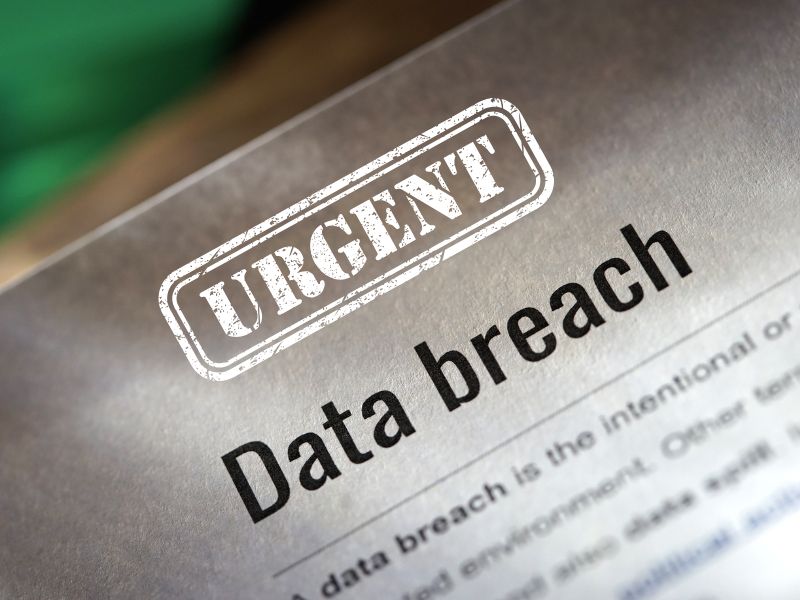Protect Your Information
In early 2024, National Public Data experienced a data breach orchestrated by a bad actor in Brazil, who has since been arrested. This breach exposed up to 2.9 billion records containing personal data of approximately 170 million people in the U.S., UK, and Canada.
The leaked information was sourced from federal, state, and local government records, including voting registries, property filings, marriage certificates, motor vehicle records, criminal records, court documents, death records, and professional licenses.
The severity of this breach is significant, as it included full names, Social Security numbers, mailing addresses, email addresses, and phone numbers. Such exposure increases the risk of identity theft through fraudulent credit cards and loans, as well as targeted phishing attacks via phone, text, and email.
In light of these risks, it is crucial to take proactive steps to minimize your exposure. Here are some recommended actions:
1. Freeze Your Credit
Lock your credit with the major credit bureaus until you need it. Use these links to set up a credit freeze:
- Experian: Credit Freeze Center
- Equifax: Credit Freeze Services
- TransUnion: Credit Freeze
2. Set Up Fraud Alerts
Notify each of the three credit bureaus to flag your account for potential fraud.
3. Monitor Your Credit
Regularly review your credit reports and consider identity theft protection services through providers like the credit bureaus, LifeLock, or IdentityGuard.
4. Stay Vigilant with Financial Accounts
Monitor activity across all bank accounts, investment accounts, credit cards, and lines of credit.
5. Beware of Unknown Contacts
- Never share personal details with unknown contacts.
- Ignore messages from unverified sources.
- Avoid clicking on links in suspicious emails or texts.
6. Be Skeptical
If something seems too good to be true, it likely is. Do not release personal information in such scenarios.
If you are contacted by phone, email, text, direct message, or even through a pop-up requesting personal information or money, be cautious—this is often a scam. Scammers may claim to be your bank or financial institution, but they are not. The best thing you can do is hang up or ignore the message and contact your bank directly using a trusted phone number or website to confirm the request. Always stay vigilant and protect your information.
7. Enable Two-Factor Authentication
Add an extra layer of security to email, banking, and investment accounts.
8. Regularly Update Passwords and Security Questions
Ensure your passwords are strong and update them frequently.
9. Back Up Your Data
Make routine backups of your phone and computer data.
The speed at which you act is critical in mitigating the damage of identity theft or unauthorized access. These measures serve as a reminder that breaches are a recurring issue in today’s digital world, and preventive steps are essential.
If you need to send sensitive information to us, please use secure methods. We can send you a secure email, or you can upload documents to the vault located in your account portal.
If you notice any breaches or suspect identity theft, notify us immediately so we can assist in taking appropriate action. Protecting your identity is our top priority.




